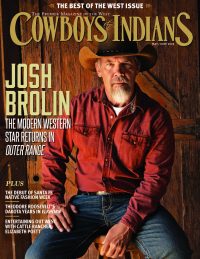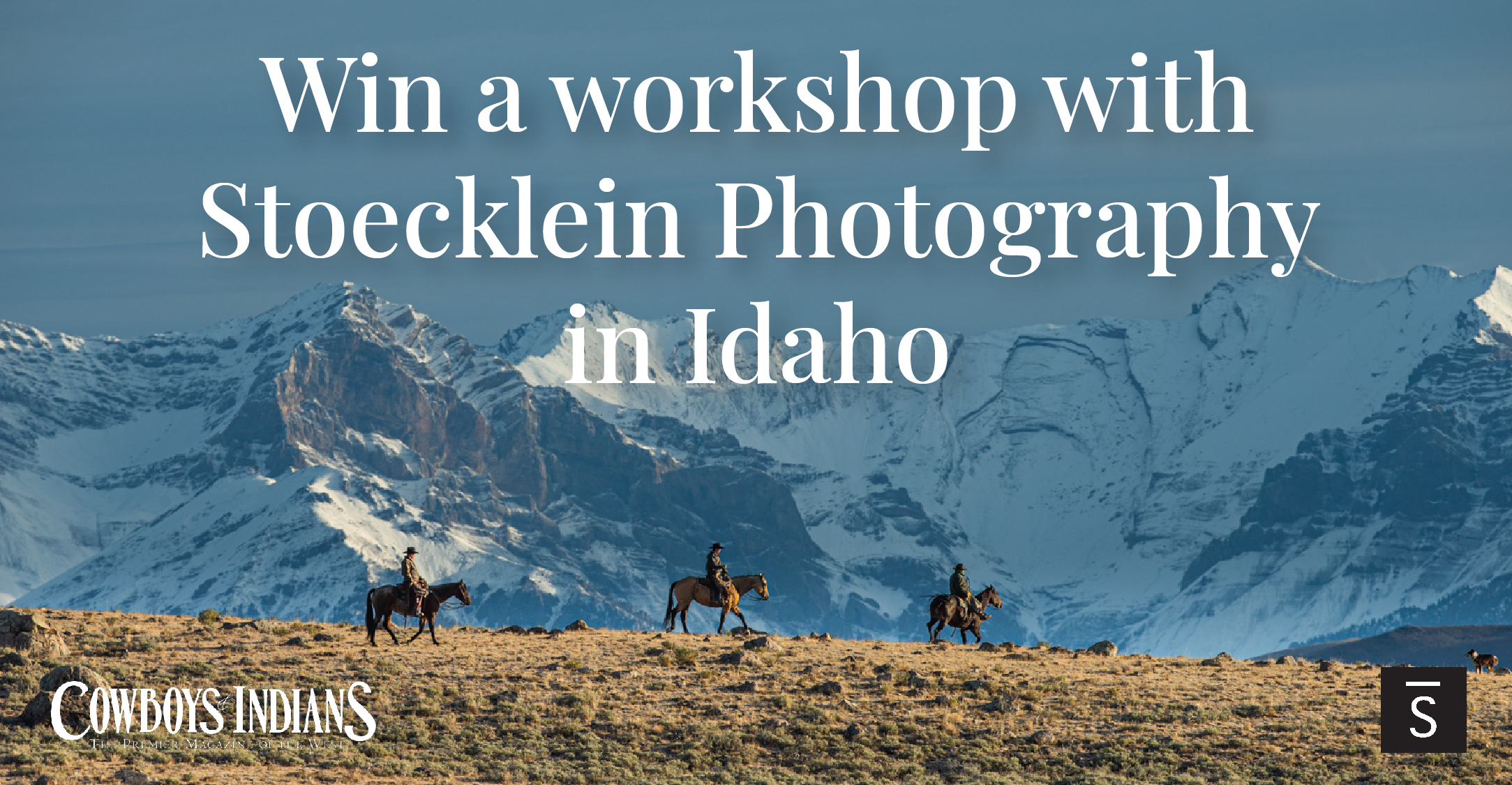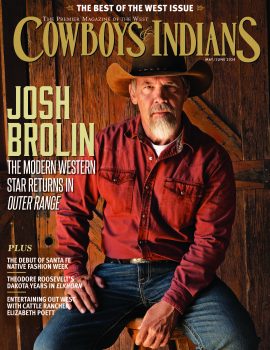After illustrating the handbook for the Little Bighorn battlefield, the artist came away with a new understanding of its bloody history.
Critics consider him one of the truly remarkable figures in contemporary American art. A renowned sculptor, book illustrator, wood engraver, printmaker, graphic artist, and teacher, Leonard Baskin demonstrated a precocious talent at an early age. Born in 1922 in New Jersey and raised the yeshiva-educated son of an Orthodox Jewish rabbi in Brooklyn, he attended a sculpture demonstration at Macy’s when he was 14 and decided to become a sculptor; by the time he was 17, he had had his first show. It was the beginning of a distinguished career that would span much of the 20th century and see the founding of the renowned Gehenna Press in 1942 while he was still a student at Yale, two decades of teaching sculpture and printmaking at Smith College, and the collecting of his work in major museums around the world.
Baskin portrayed everything from historical and mythological figures to birds and flowers with what his longtime friend and artistic collaborator English poet laureate Ted Hughes called a “startling, sinister beauty.” In the late ’60s, the American Indian became Baskin’s focus when the National Park Service asked him to design and illustrate the handbook for the Custer Battlefield (now Little Bighorn Battlefield). Doing research for the project, Baskin wrote in Leonard Baskin: Indian Drawings that he “came to an almost instant hatred of Custer and deep admiration for the Indians who destroyed him.”
With Thomas Berger’s 1964 historical novel Little Big Man and the American Indian Movement as inspiration, Baskin embarked on a series of large-scale prints and drawings of American Indians, a theme he would return to over several decades. He took a cue from portraits by 19th-century photographers Edward S. Curtis and Frank A. Rinehart and focused on faces, which he portrayed in simultaneous dignity and despair.
The art could only do so much to slake his social conscience. “It would be fitful and absurd for me to recount the slaughter, with disease, booze and guns,” Baskin also wrote, “but allow me, (in raging, haplessness), to indict our government and all of its peoples, not merely for the broken treaties and conventicles, but for allowing Indians to be shut up in reserves, live in penurious degradation, in blight and misery and left to the deadly mercy of the Bureau of Indian Affairs.”
For Mitchell A. Wilder, the first director of the Amon Carter Museum of American Art, the Bighorn Indian portraits represented not just moral indictment and artistic achievement but also the essential humanism that pervades Baskin’s work. “Baskin cuts through a century of mediocre, apocryphal pictures to reveal the actors of this tragic drama as they were, not in the event, but in life and in death,” Wilder wrote in 1968. “There were no victors that day; just survivors, each aware that a day of reckoning had passed and another would soon be upon them. As in any disaster, many people learn much, but too late.
“If this foreboding air hangs over Baskin’s drawings to leave the reader disquieted, it is because the artist has sensed the real tragedy of Custer and the Indians. Authority and manifest destiny had in some way contradicted our ‘solemn word’ and treaty obligations. Custer and his men became the instruments to correct a situation embarrassing both in Washington and on the frontier — a change of mind. Examine Baskin’s drawings — Indians and officers; all are asking ‘Why?’
“We see man’s mortality, brutality, and futility. And yet we read in the faces of Baskin’s people the basic humanity which ties us together in a tragic climax no one seems to comprehend.”
From the August/September 2013 issue.













